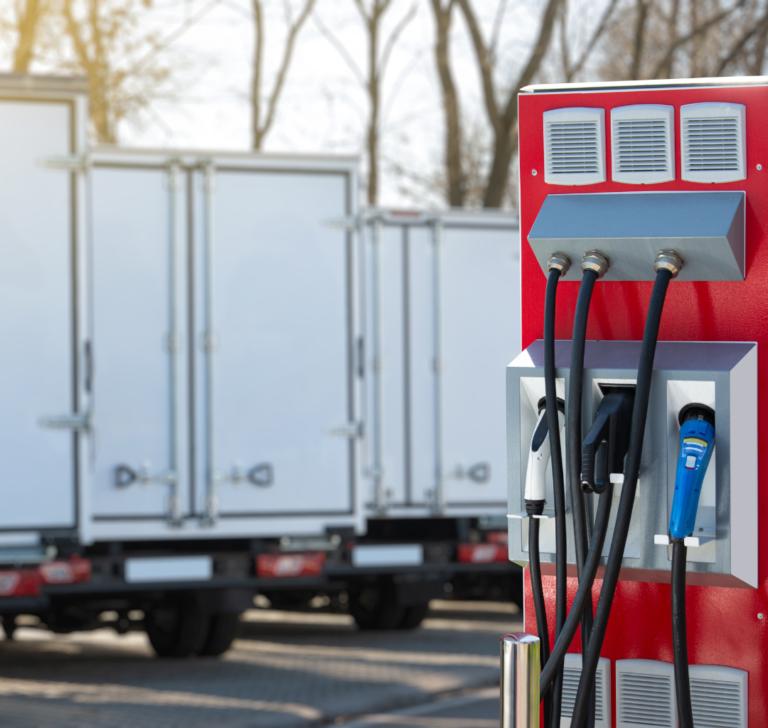The goal is to decarbonize supply chains and promote the adoption of emission-free heavy-duty trucks
On March 12th, the Biden Administration unveiled a plan to deploy electric vehicle charging infrastructure and hydrogen fueling stations along freight transportation corridors in the United States. The goal is to decarbonize supply chains and promote the adoption of emission-free heavy-duty trucks.
This plan aims to concentrate both public and private investments in key infrastructure to reduce diesel pollution from medium and heavy-duty trucks. It seeks to accelerate the adoption of zero-emission vehicles and ensure an efficient and reliable charging network, which could also lower fuel costs for businesses and improve air quality on busy highways.

Integral network of recharging and refueling infrastructure
The Environmental Protection Agency and the Departments of Energy and Transportation have set the primary objective of developing a comprehensive and accessible network of hydrogen refueling and charging stations by the year 2040. This will provide the necessary infrastructure to support the operation of zero-emission trucks.
Additionally, the plan aims to reduce greenhouse gas emissions. The transportation sector accounts for approximately 29% of greenhouse gas emissions in the United States, with over a fifth coming from medium and heavy-duty trucks.
In the United States, there are currently only 92 electric charging stations for heavy-duty trucks. This measure responds to growing demands from truck manufacturers for public incentives to develop charging stations, improve the electrical grid, and support the electrification of heavy-duty vehicles.
Between 2024 and 2027, the focus will be on improving 12,000 miles of roads, including Interstate 80 and other highways in California, Texas, and Florida, as well as routes near key ports such as Los Angeles, San Diego, Long Beach, Houston, New York, and Miami. This action is part of government efforts to reduce pollution in ports and highways, while the EPA establishes new emission limits and the Department of Transportation allocates $450 million in grants to enhance port safety and efficiency.

The story of the first car race in Paris: a historic hit in 1894
Paris stands not only as a cultural and artistic epicenter but also as a pioneer in car racing In the history of automotive racing, Paris

Top states for driving in the United States in 2024
A WalletHub study compared all 50 states to determine the best driving conditions Road safety and quality are central concerns for drivers. And while the

Briefs: marijuana reclassification, vehicle fees, and climate grants
The trucking industry goes through new legislation, taxes and subsidies Questions about the proposed reclassification of marijuana The Owner-Operator Independent Drivers Association (OOIDA) supports the

Impact of traffic pollution: study reveals increase in blood pressure
A study from the University of Washington in Seattle reveals that the main cause of significant increases in blood pressure might be traffic-related gasses A

The benefits and careers of a Commercial Driver’s License
Having a CDL opens multiple doors within the trucking and transportation industry Having a Commercial Driver’s License (CDL) opens multiple doors within the trucking industry,

Sharing the road with a truck: steps to ensure your safety
Caution around blind spots and anticipating truck maneuvers are essential to ensuring everyone’s safety Truck drivers face significant challenges on the road due to their
